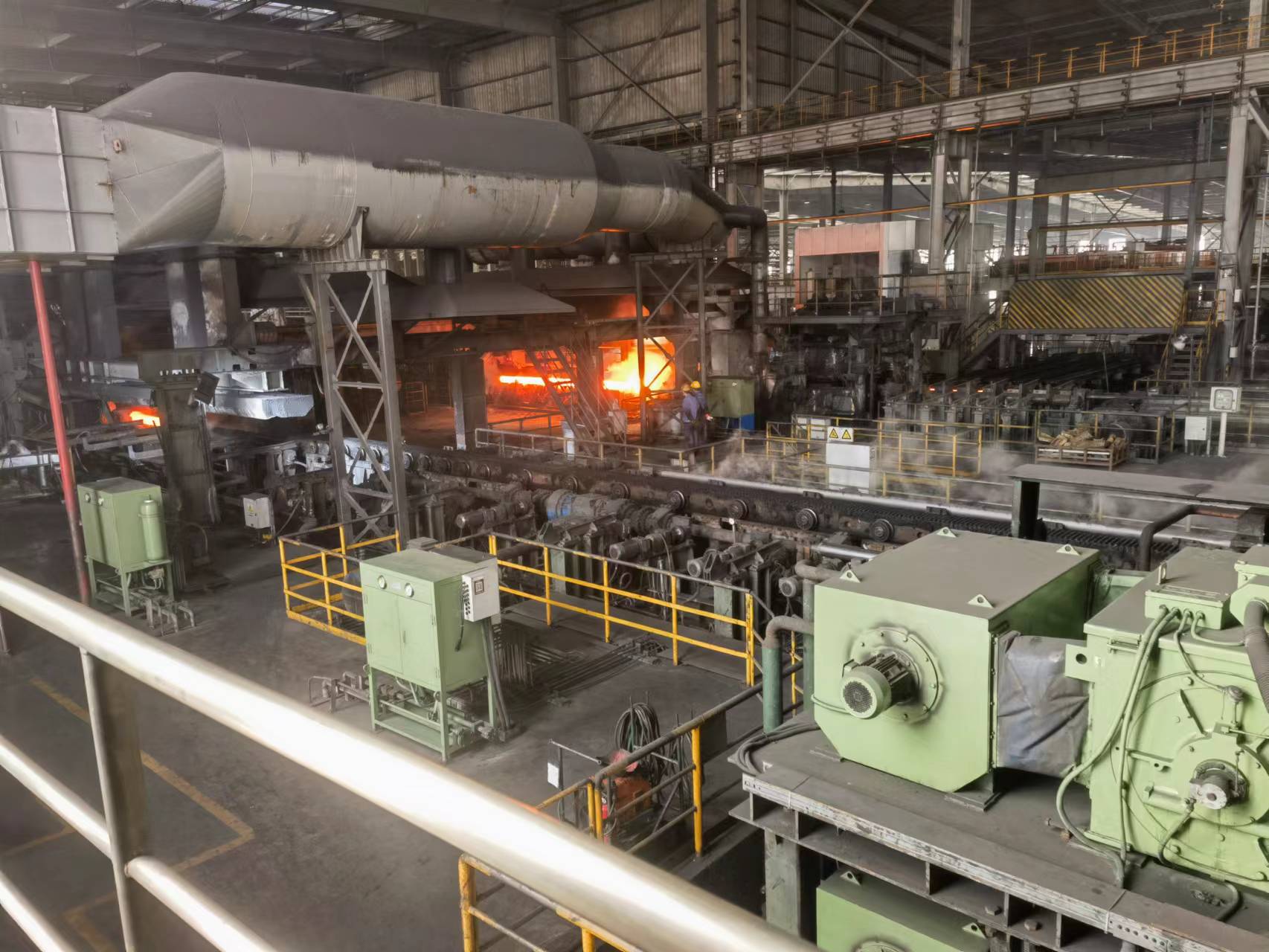Key Features and Applications of API– 5CT K55 casing Pipe
API-5CT K55 casing pipe is a crucial component in the Oil and gas industry, renowned for its durability, strength, and versatility. With a wide array of applications, this casing pipe plays a pivotal role in ensuring the integrity and efficiency of oil and gas wells. Understanding its key features and applications is essential for professionals in the industry to make informed decisions regarding its usage.
At its core, API-5CT K55 casing pipe is engineered to withstand harsh conditions encountered in drilling and production operations. Constructed from high–quality steel, it exhibits excellent mechanical properties, including high tensile strength and resistance to corrosion. these characteristics make it well-suited for use in both conventional and challenging drilling environments.
One of the standout features of API-5CT K55 casing pipe is its ability to maintain structural integrity under extreme pressures and temperatures. This resilience ensures the safety and longevity of oil and gas wells, providing assurance to operators and investors alike. Additionally, its superior corrosion resistance mitigates the risk of degradation over time, reducing the need for frequent maintenance and replacement.
black Tube
Moreover, API-5CT K55 casing pipe boasts a versatile design that enables seamless integration into various well designs and configurations. Its compatibility with different types of casing accessories and equipment makes it a preferred choice among drilling professionals seeking flexibility and efficiency in their operations. Whether used in vertical, directional, or horizontal wells, this casing pipe delivers consistent performance and reliability.
In terms of applications, API-5CT K55 casing pipe finds extensive use in both exploration and production phases of oil and gas operations. During drilling, it serves as a protective barrier, preventing the collapse of well walls and ensuring the stability of the borehole. Furthermore, it facilitates the installation of downhole equipment such as Tubing and packers, enabling efficient production and reservoir management.
Beyond drilling, API-5CT K55 casing pipe plays a crucial role in well completion and intervention activities. It provides support for cementing operations, ensuring proper zonal isolation and preventing fluid migration between different formations. Additionally, it serves as a conduit for hydraulic fracturing fluids during stimulation treatments, enabling the enhancement of production rates in unconventional reservoirs.
The versatility of API-5CT K55 casing pipe extends to secondary applications, including well abandonment and decommissioning. Its robust construction ensures the integrity of abandoned wells, minimizing the risk of environmental contamination and groundwater pollution. Moreover, it facilitates the implementation of cost-effective plugging and abandonment strategies, streamlining the decommissioning process for operators.
In conclusion, API-5CT K55 casing pipe stands out as a cornerstone of the oil and gas industry, embodying a blend of strength, durability, and versatility. Its key features, including high tensile strength, corrosion resistance, and compatibility, make it an indispensable component in drilling and production operations. Whether deployed in conventional or challenging environments, this casing pipe delivers consistent performance and reliability, contributing to the success and sustainability of oil and gas projects worldwide.
Advantages and Limitations of Using API-5CT K55 Casing Pipe
API-5CT K55 casing pipe holds a significant position in the realm of oil and gas drilling operations. It’s a material known for its durability, reliability, and cost-effectiveness, making it a preferred choice for various applications within the industry. Understanding its advantages and limitations is crucial for companies and professionals involved in drilling operations to make informed decisions. Let’s delve deeper into the characteristics of API-5CT K55 casing pipe.

oil burner pipe next day deliveryAdvantages:
First and foremost, API-5CT K55 casing pipe boasts commendable mechanical properties. It exhibits high tensile strength, making it capable of withstanding extreme pressures and loads encountered during drilling operations. This robustness ensures the integrity of the wellbore, minimizing the risk of structural failure and enhancing overall safety.
what is case oil
Moreover, API-5CT K55 casing pipe offers excellent resistance to corrosion, a crucial feature considering the harsh environment encountered in oil and gas wells. Corrosion can compromise the structural integrity of the casing, leading to leaks and other operational issues. With its corrosion-resistant properties, K55 casing pipe helps prolong the lifespan of the well and reduces maintenance costs.
Furthermore, the material’s weldability and formability make it easier to fabricate and install, streamlining the manufacturing and installation processes. This contributes to cost savings and enhances operational efficiency, factors that are paramount in the competitive landscape of the oil and gas industry.
Additionally, API-5CT K55 casing pipe is readily available in various sizes and specifications, catering to diverse drilling requirements. This versatility allows drilling companies to select the most suitable casing pipe for their specific applications, ensuring optimal performance and productivity.
Limitations:
Despite its numerous advantages, API-5CT K55 casing pipe does have certain limitations that warrant consideration. One such limitation is its relatively lower yield strength compared to other casing materials such as API-5CT J55 or API-5CT L80. While adequate for many drilling scenarios, this lower yield strength may restrict its suitability for high-pressure or high-stress environments.
Furthermore, API-5CT K55 casing pipe may exhibit reduced performance in corrosive environments with exceptionally high levels of hydrogen sulfide (H2S) or carbon dioxide (CO2). In such cases, operators may need to implement additional corrosion mitigation measures or opt for alternative casing materials better suited to withstand these aggressive conditions.
Moreover, the temperature limitations of API-5CT K55 casing pipe should be taken into account, as prolonged exposure to elevated temperatures may compromise its mechanical properties. In applications where high-temperature environments are prevalent, operators may need to explore alternative casing materials capable of withstanding higher temperatures.
In conclusion, API-5CT K55 casing pipe offers a host of advantages, including robust mechanical properties, corrosion resistance, and ease of fabrication. However, it’s essential to consider its limitations, such as lower yield strength, susceptibility to certain corrosive environments, and temperature constraints. By carefully evaluating these factors, drilling companies can make informed decisions regarding the use of API-5CT K55 casing pipe, ensuring efficient and reliable operations in the oil and gas sector.
